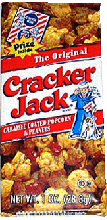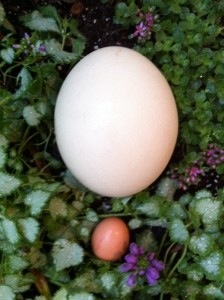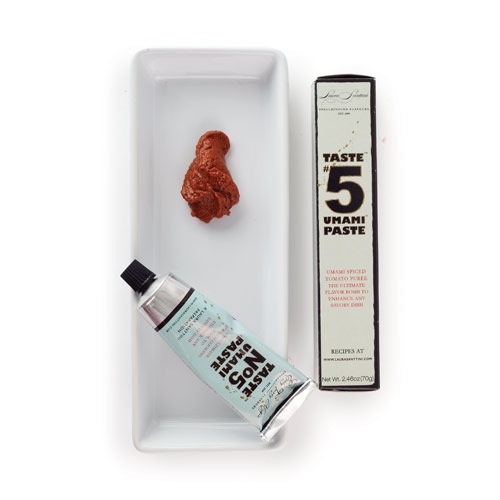 What’s An Egg Cream?
What’s An Egg Cream?
It isn’t made with eggs or cream. It has a complex taste – sort of like what’s left over in the bottom of your glass after you eat the ice cream out of an ice cream soda. You can’t find bottled egg creams – although companies have tried – because the ingredients separate, the fizz disappears, and the taste just isn’t the same.
A recent article in the New York Times really got me thinking about egg creams. I’ve made hundreds of them. My parents owned an old-fashioned soda fountain in Flushing, Queens (NY) – the kind with a long counter with revolving stools. We sold thousands of egg creams, malteds, cherry cokes (vanilla cokes, too) and for those upset stomachs, old fashioned alka seltzers that you poured from glass to glass to really get a fizz going.
Our soda fountain was half of a large drug store and the pharmacist would sometimes have a small medicine bottle filled up with coke syrup give to someone suffering from some form of GI upset. (Whether or not it actually helped is debatable – psychologically, perhaps it did!).
Historically, fizzy water (essential to an egg cream), was considered medicinal. The first commercial carbonators were found in pharmacies and pharmacists added mineral salts to water to mimic those found in naturally carbonated water. To make the fizzy stuff more tasty and profitable they started flavoring it with sweet syrups (and some not so benign stuff like cocaine and alcohol).
What Happened To Soda Fountain Drinks?
There is some speculation that the bottle cap was the death knell for soda fountain drinks. When fizzy soda in a bottle could be conveniently bought at the gas station, soda mixed at the fountain lost some of its appeal, although, in my experience, people would come for conversation and camaraderie along with the soda.
Lately there’s been a resurgence of soda fountain drinks – many made with home made syrups and organic milk and served by both top notch restaurants and new soda fountains which also aim to be neighborhood gathering spots.
How to Make An Egg Cream
An egg cream is sweet and fizzy and initially were made almost exclusively in New York City. Most people think chocolate — a lot of New Yorkers insist on Fox’s U-Bet Chocolate Syrup — but they can be made with vanilla or strawberry syrup, too.
Most of the “new” makers of egg creams – as well as “old-timers” — agree that cold seltzer made from a carbonator with taps — not the push button soda gun you see behind bars or two-liter bottles of club soda — gives the popping and lively bubbles that make the best drinks. Our fountain had big gas tanks to provide the seltzer water – which inevitably needed changing (by my father) during a very busy lunch hour!
We always used a coke glass and that’s what I remember an egg cream being served in when I ordered it in other places, too. An egg cream needs to be drunk quickly – gulping is okay – because it’ll lose its fizzy head if it sits too long.
Ingredients for a home made egg cream:
- Cold whole milk (low fat or skim won’t foam well)
- Cold seltzer: a soda siphon with a cartridge that carbonates water is great – otherwise, use very cold seltzer
- Chocolate (or vanilla or strawberry) syrup
Preparation:
Some recipes suggest adding the milk first, but this is how we made it (in an 8oz. coke glass):
- Put about an inch of syrup into a soda glass (you can adjust for sweetness with more or less syrup)
- Layer on about an inch of cold milk
- Fill to the top with cold seltzer
- Stir with a long spoon until it gets a fizzy head
Drink up!


 Cracker Jack (officially cracker jack, not jacks): candy-coated popcorn with some peanuts. A 3.5oz stadium size box has 420 calories but does have 7g protein and 3.5g fiber.
Cracker Jack (officially cracker jack, not jacks): candy-coated popcorn with some peanuts. A 3.5oz stadium size box has 420 calories but does have 7g protein and 3.5g fiber.
